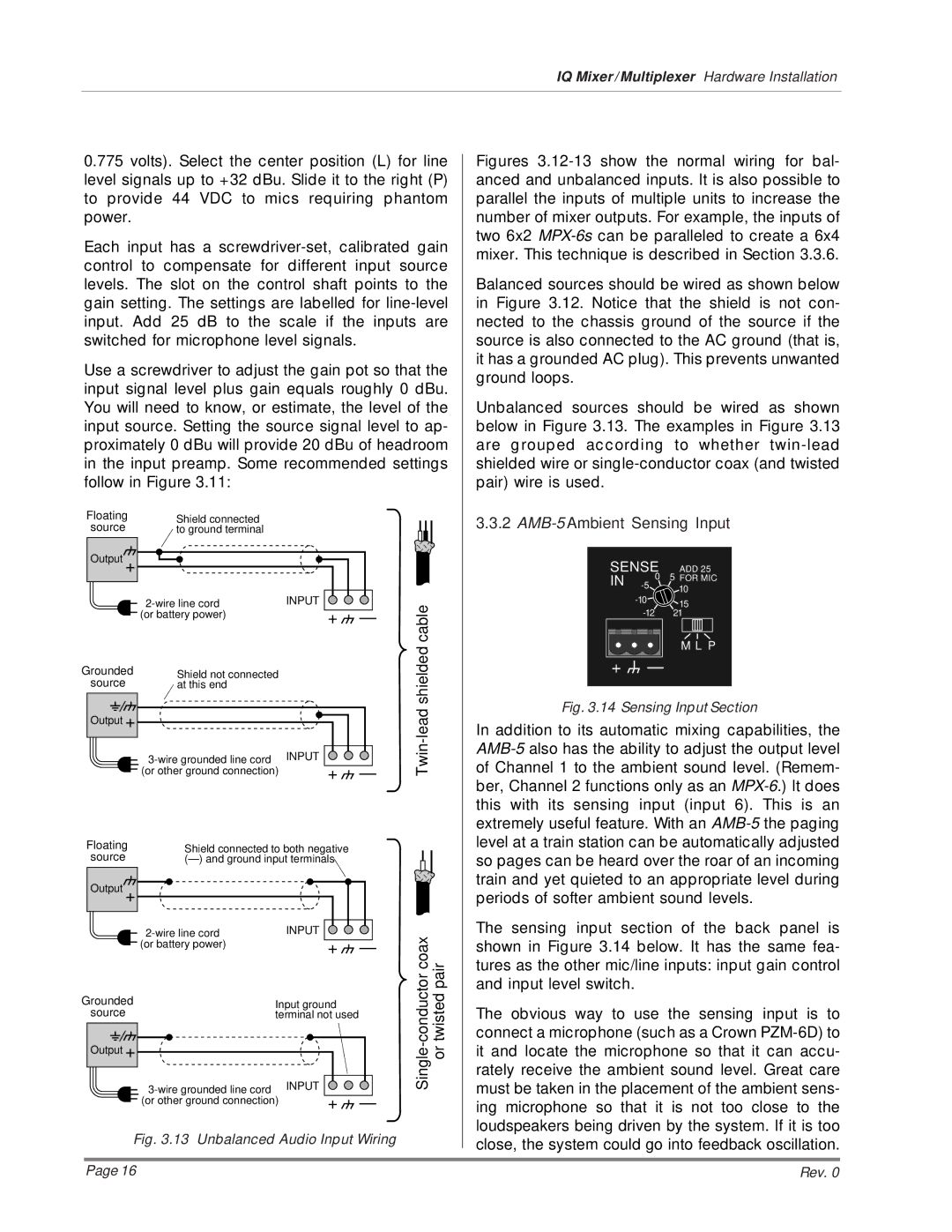AMB-5, MPX-6, SMX-6 specifications
The Crown SMX-6, MPX-6, and AMB-5 represent a remarkable evolution in material handling and warehouse management technology. These models are part of Crown's extensive portfolio designed to enhance efficiency, reliability, and operator comfort in various industrial environments.Starting with the Crown SMX-6, this heavy-duty reach truck is engineered for superior performance in tight spaces. It features an optimized chassis that provides improved stability and maneuverability, making it perfect for narrow aisles and dense storage environments. The SMX-6 is equipped with Crown's state-of-the-art Access1 Door, which enhances operator safety and accessibility to the vehicle's controls. Its innovative lift system allows for higher lifting heights with precision and control, reducing load sway during operation. Additionally, the advanced ergonomic design of the operator's compartment minimizes fatigue, promoting longer and more productive shifts.
The Crown MPX-6, on the other hand, is designed primarily for order picking in warehouses. Its low level order picker design helps increase productivity across the picking process. This model features Crown's unique Power Steering technology, which provides precise control and reduces operator effort, making it easier to navigate through aisles and around corners. The MPX-6 also includes integrated LED lights that provide optimal visibility in dimly lit environments, while its lift and lowering functions offer fast and responsive operation. The advanced control system helps simplify training for new operators, promoting safety and efficiency on the warehouse floor.
The Crown AMB-5 is another standout model, known for its versatility and adaptability in various material handling scenarios. This model is engineered for both indoor and outdoor operations, allowing businesses to maximize versatility without compromising on performance. The AMB-5 is equipped with advanced lithium-ion battery technology that offers rapid charging capabilities and longer operational life compared to traditional lead-acid batteries. This feature is a game-changer for operations that demand high uptime and minimal downtime. The vehicle also features a compact design, making it easy to operate in confined spaces while still delivering robust lifting capacities.
In summary, the Crown SMX-6, MPX-6, and AMB-5 are exemplary models in the field of material handling, each offering a blend of innovative features, advanced technologies, and thoughtful design aimed at enhancing operational efficiency, safety, and operator comfort. These machines exemplify Crown's commitment to providing high-performance solutions adaptable to the ever-evolving requirements of modern warehousing and logistics.

